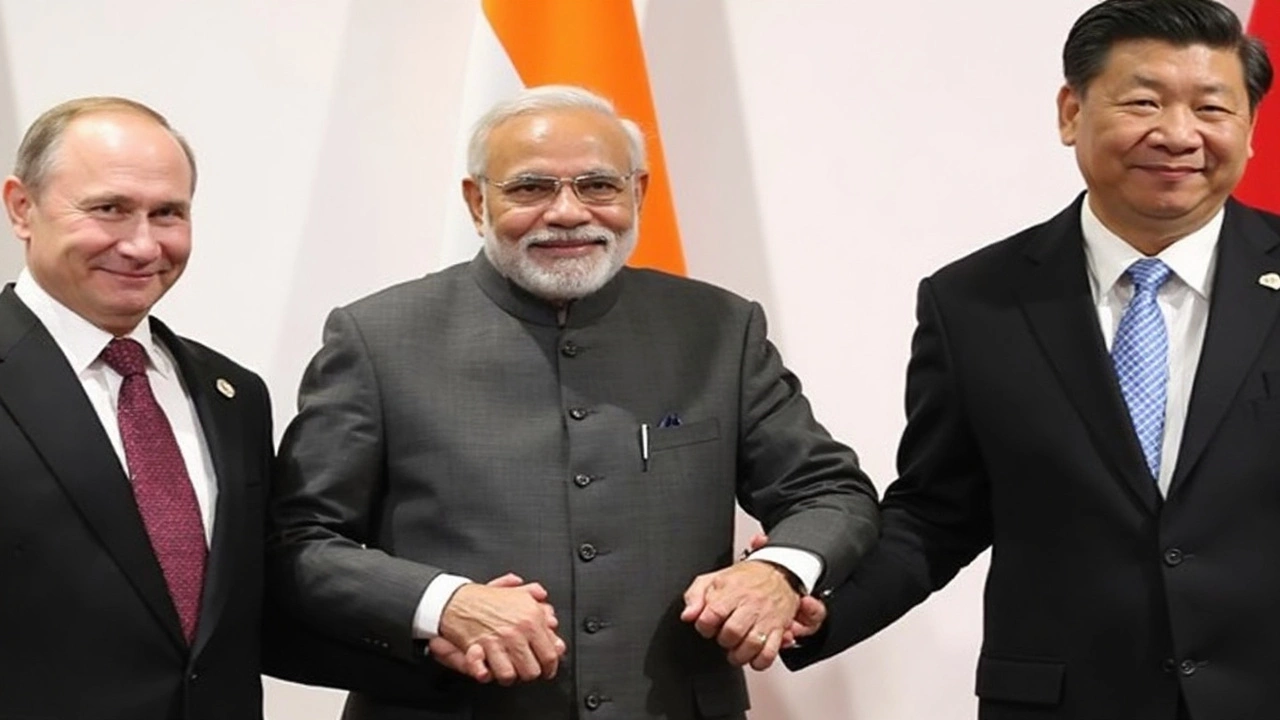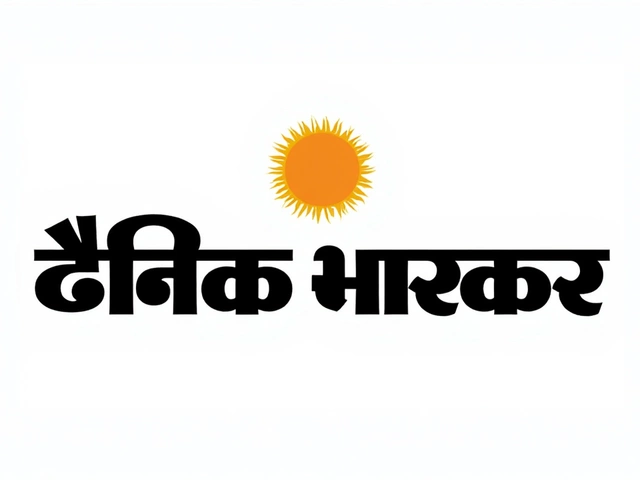Russia Trade: What’s Happening Right Now?
If you’ve been watching the news, you know Russia trade is back in the spotlight. A U.S. tariff on Indian goods because of Russia oil purchases just hit the headlines, and a court in the U.S. has shaken up many of the old Trump‑era tariffs. All of this can feel like a maze, but the basics are simple and they affect anyone who buys, sells, or invests across borders.
Recent Headlines You Need to Know
First up, the United States announced a 50 % duty on a wide range of Indian imports. The reason? Washington blames India for buying oil from Russia, which has been under sanctions since the conflict started. The move is the steepest tariff ever placed on a single country and it targets everything from clothing to footwear. Prices for those items could jump for shoppers in the U.S., and Indian exporters may look for new markets to stay afloat.
At the same time, a federal appeals court ruled that most of the Trump‑era tariffs imposed under the International Emergency Economic Powers Act (IEEPA) are illegal. The decision spares steel and aluminum duties, but it wipes out many other tariffs that hit Indian exporters. The ruling could reverse some of the pressure on Indian goods, but the court left the new 50 % tariff in place while the case moves forward.
Both stories show how trade policy can swing quickly. One day a court knocks down old rules, the next day a new tariff appears because of a geopolitical tug‑of‑war. For businesses, staying updated is the only way to avoid surprises.
Why This Matters for You
If you run a small business that imports from India, the 50 % tariff could erode your profit margin. You might need to renegotiate contracts, look for alternative suppliers, or pass some costs onto customers. On the flip side, the court’s decision on earlier tariffs could open up cheaper sourcing options that were previously blocked.
Investors should watch the ripple effect on stock markets. Companies heavily involved in India‑U.S. trade may see their shares wobble, while firms that can shift supply chains quickly could gain an edge. The tariff drama also feeds into broader market sentiment about global trade stability.
Consumers get the short end of the stick when tariffs rise – higher prices at the checkout. But awareness can help you plan smarter purchases, maybe buying in bulk before a price hike or choosing locally made alternatives.
Lastly, the geopolitical angle matters. When countries use trade tools to punish each other, the impact spreads beyond the two players. A slowdown in Indian exports can affect factories in other Asian nations that rely on Indian parts, and the U.S. may see retaliatory measures of its own.
Bottom line: Russia trade issues are not just political stories; they touch everyday buying, selling, and investing. Keep an eye on policy changes, think ahead about how they could affect your costs, and be ready to adapt. The trade landscape will keep shifting, but staying informed puts you one step ahead of the curve.
NATO Chief Warns BRICS Nations of Harsh Sanctions Over Continued Russia Trade
NATO Secretary General Mark Rutte has threatened India, China, and Brazil with 100% secondary sanctions if they keep trading with Russia, especially in energy. This warning comes as part of a global push to isolate Russia economically and force peace negotiations on Ukraine. The US is backing these efforts with bipartisan support for severe tariffs and penalties.





